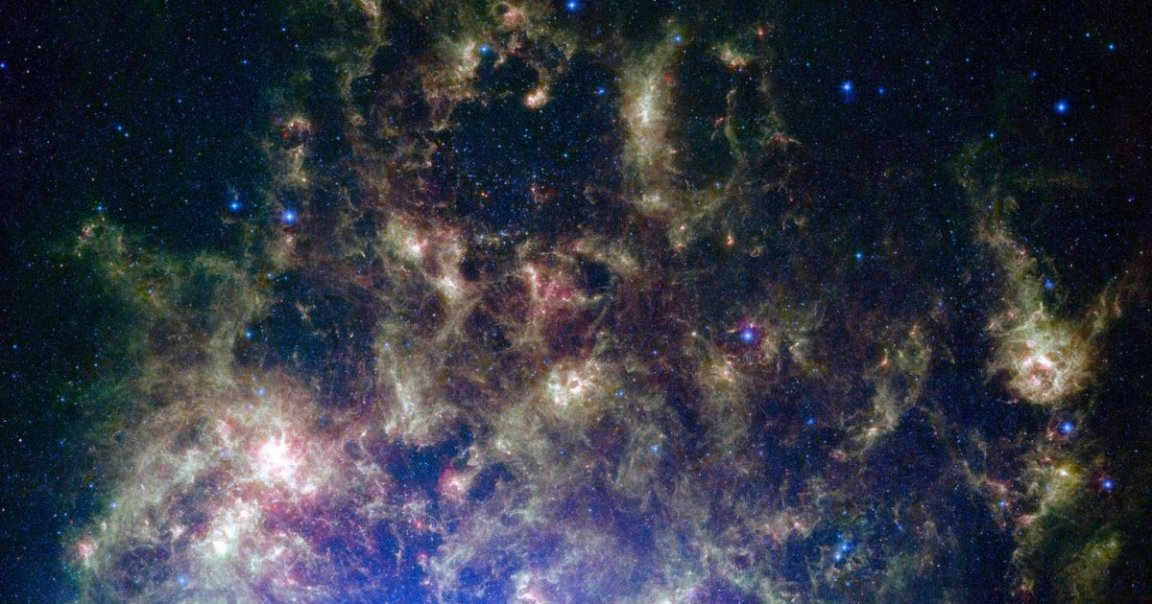
Galactic Collision
An upcoming galactic collision is likely to wake the black hole at the center of the Milky Way and turn our home galaxy into a quasar — it could even fling our solar system into intergalactic space, according to new research.
“This phenomenon will generate powerful jets of high energy radiation emanating from just outside the black hole,” lead author Marius Cautun, a researcher at Durham University, said in a press release. “While this will not affect our Solar System, there is a small chance that we might not escape unscathed from the collision between the two galaxies which could knock us out of the Milky Way and into interstellar space.”
Black Hole Sun
Astronomers long thought that the Large Magellanic Cloud, a nearby galaxy that slid into the Milky Way’s vicinity about 1.5 billion years ago, would settle into an orbit around our galaxy.
But according to the new paper, which was published in the journal Monthly Notices of the Royal Astronomical Society, the Large Magellanic Cloud has far more dark matter than previously believed. That means it has much greater mass and is more likely to slam into our galaxy than orbit it.
The epic collision will likely awaken the dormant black hole at the center of the Milky Way, causing it to gobble nearby matter and swell as much as 10 times in size.
Widening Gyre
The good news is that the galactic collision won’t take place for two billion years — long after anyone currently living on Earth is gone.
But while we’ll escape unscathed, the same can’t be said about our galaxy.
“While two billion years is an extremely long time compared to a human lifetime, it is a very short time on cosmic timescales,” Cautun said. “The destruction of the Large Magellanic Cloud, as it is devoured by the Milky Way, will wreak havoc with our galaxy,” turning it “into an ‘active galactic nucleus’ or quasar.”
READ MORE: Catastrophic Galactic Collision Could Send Solar System Flying Into Space [Phys.org]
More on the Milky Way: New Image Confirms a Black Hole is Swallowing Our Galaxy